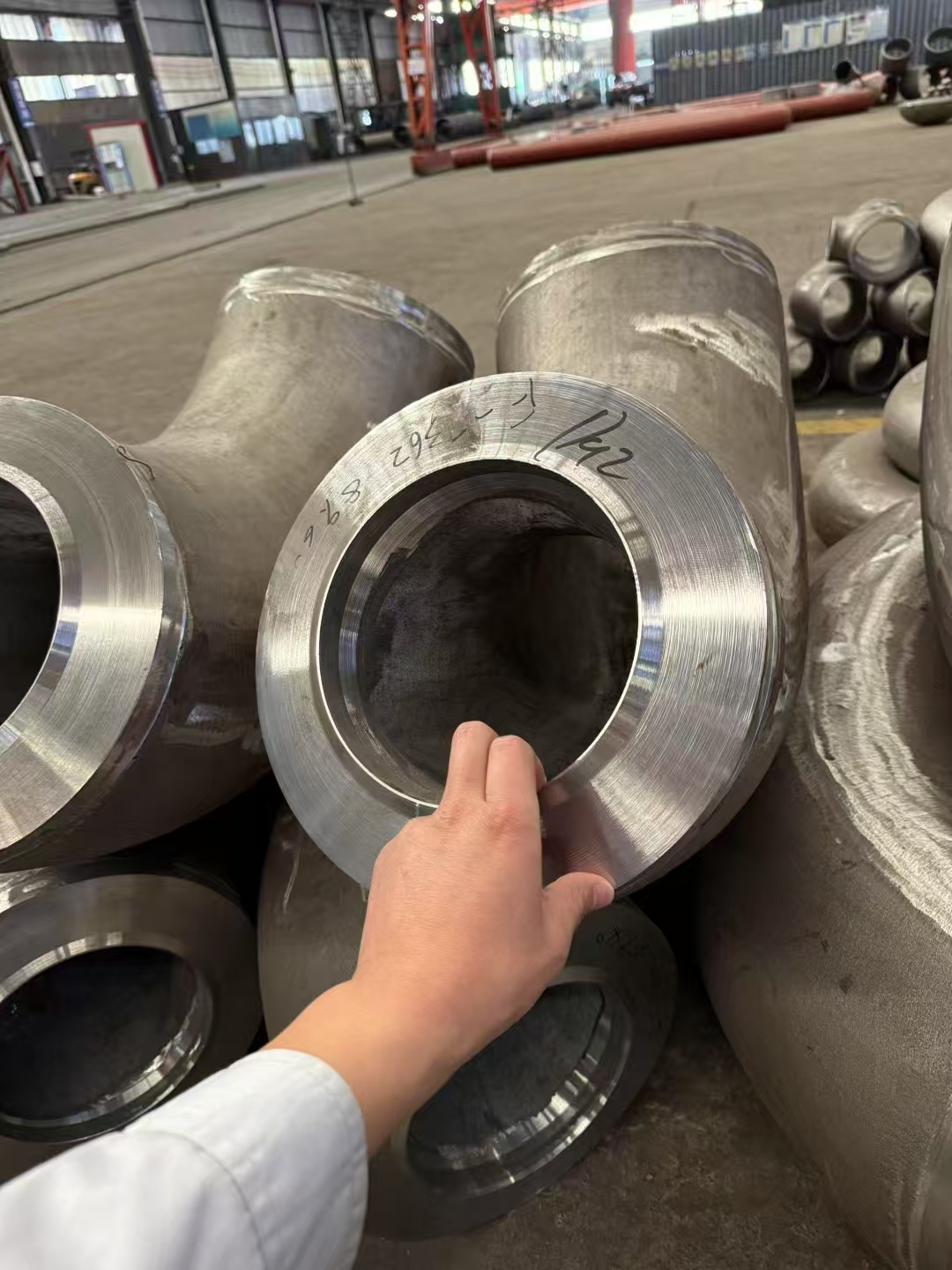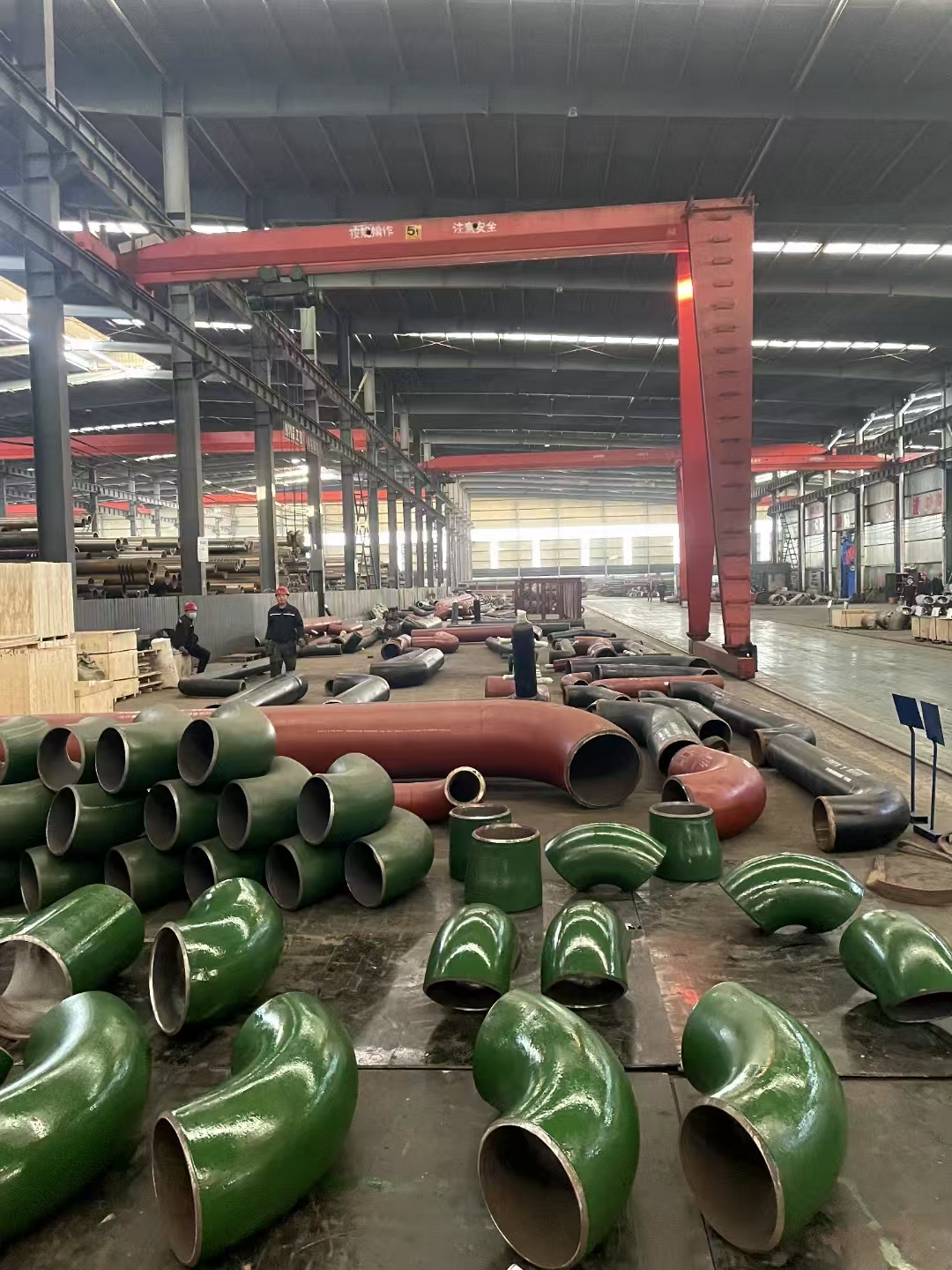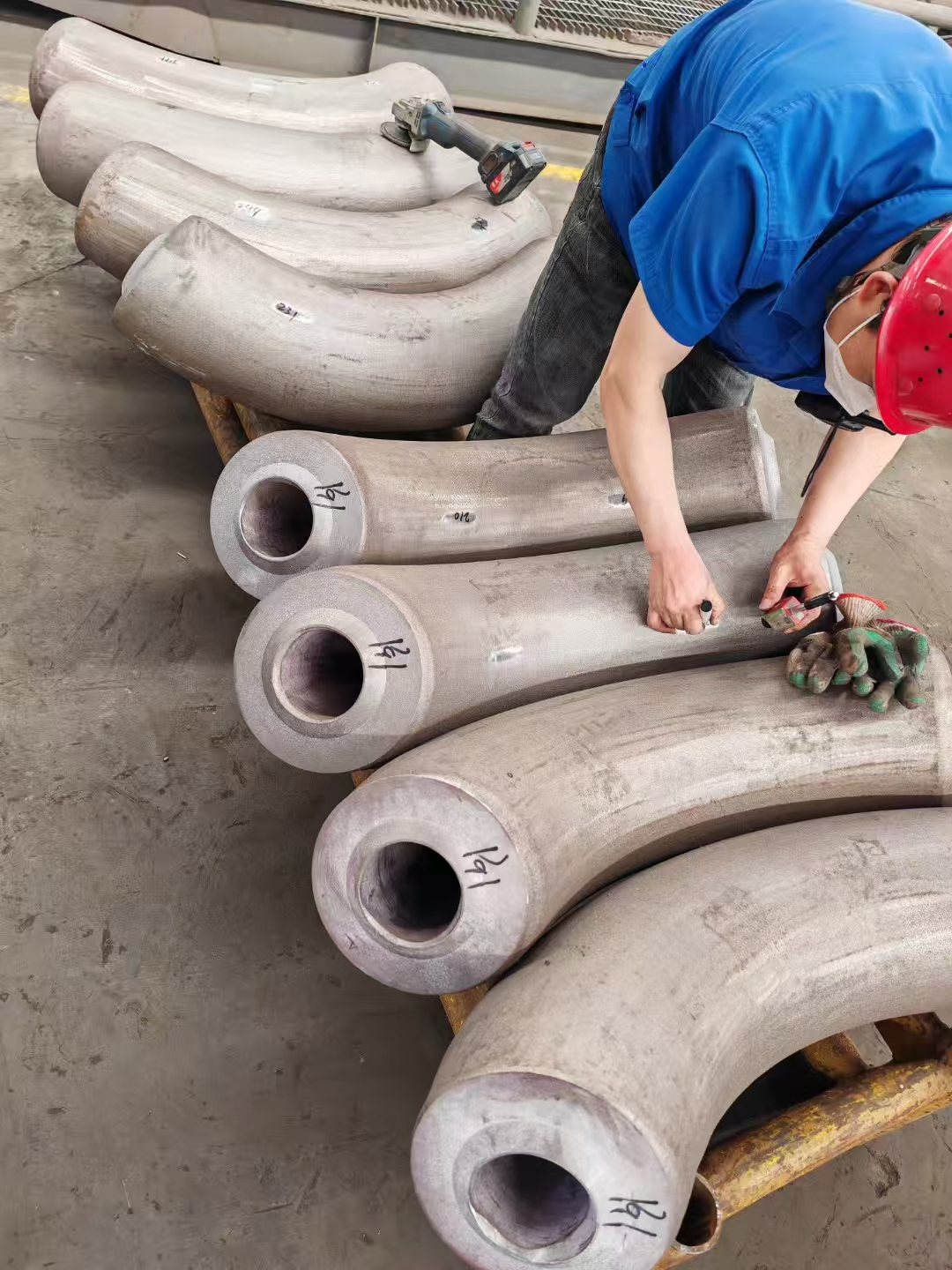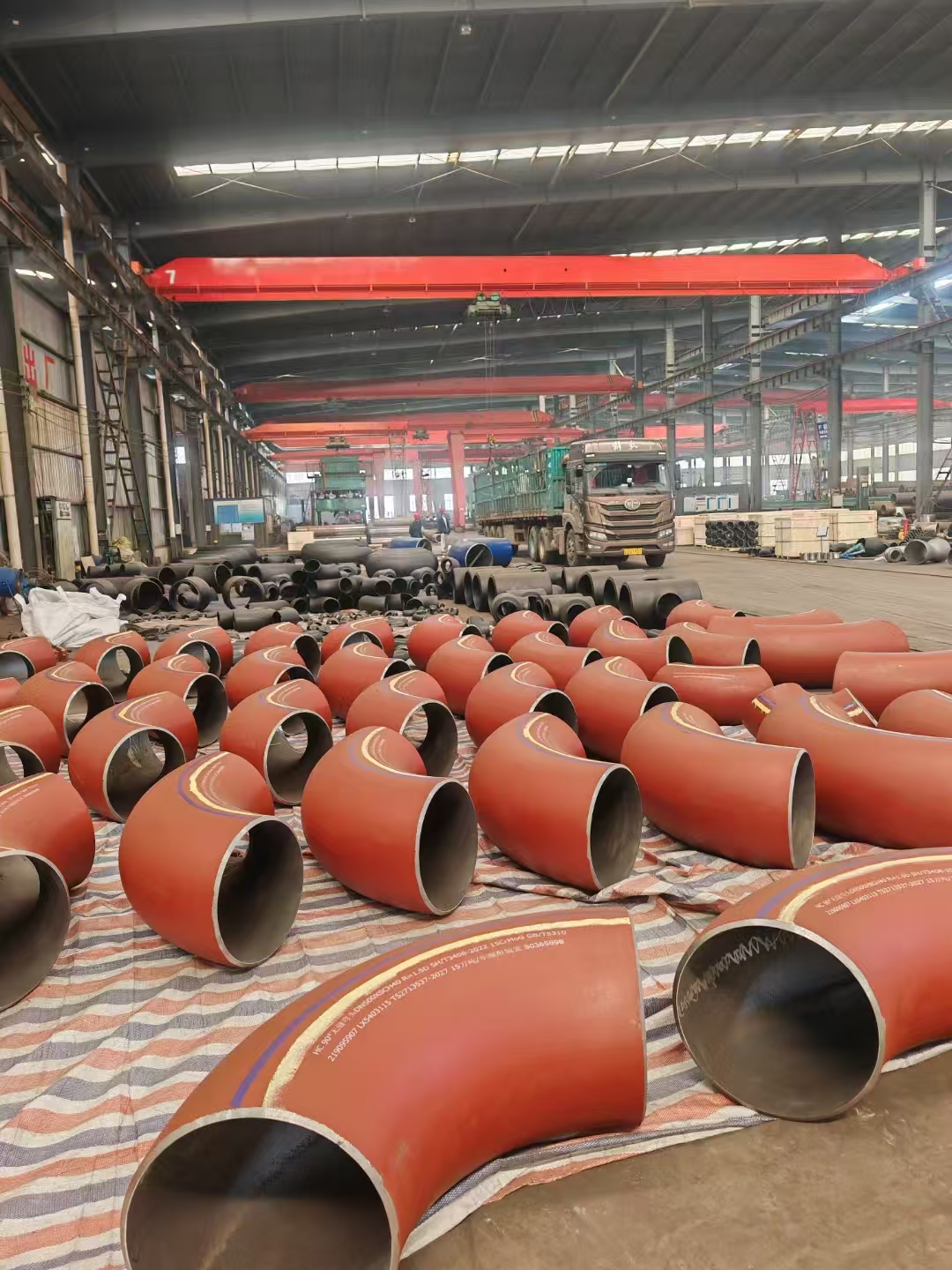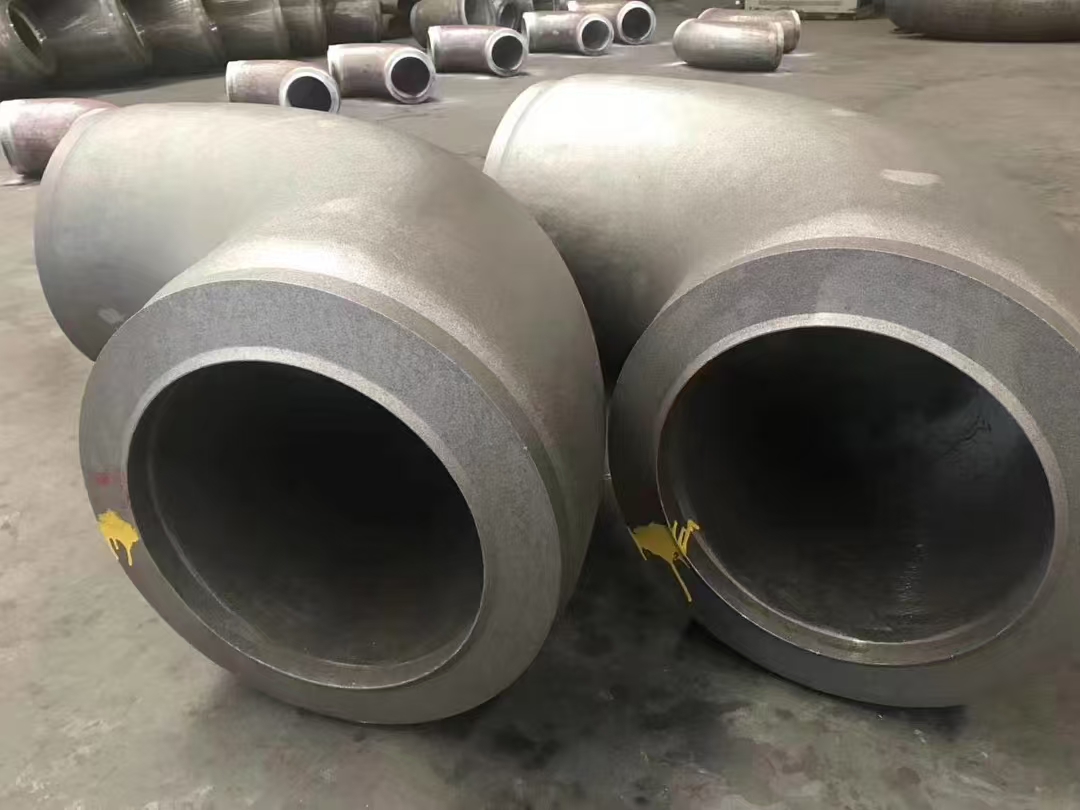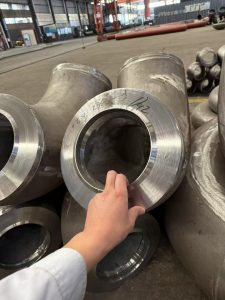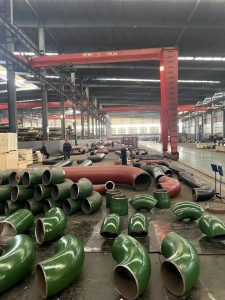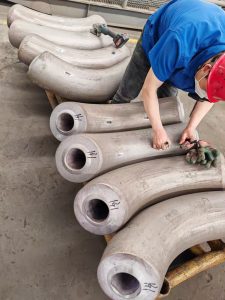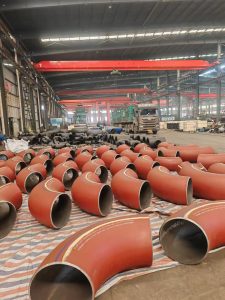**P690QL1** is a high-strength, quenched, and tempered fine-grained steel that is commonly used in the manufacturing of forged flanges and other heavy-duty components. This material is specified under the **EN 10025-6** standard, which covers thermomechanically rolled weldable fine grain structural steels. P690QL1 is known for its excellent mechanical properties, including high strength, toughness, and good weldability, making it suitable for demanding applications in industries such as offshore, oil and gas, and heavy machinery.
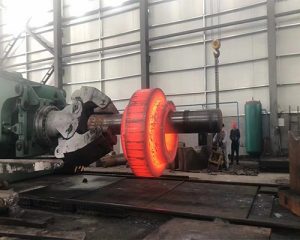
### **Key Features of P690QL1:**
1. **High Strength**:
– P690QL1 has a minimum yield strength of **690 MPa**, making it ideal for applications requiring high load-bearing capacity and resistance to deformation.
2. **Toughness**:
– The material is quenched and tempered to ensure excellent toughness, even at low temperatures. This makes it suitable for use in harsh environments, such as offshore or Arctic conditions.
3. **Weldability**:
– P690QL1 is designed to be weldable, though it may require preheating and post-weld heat treatment (PWHT) to avoid issues like hydrogen-induced cracking (HIC) or reduced toughness in the heat-affected zone (HAZ).
4. **Fine-Grained Structure**:
– The fine-grained microstructure of P690QL1 contributes to its high strength and toughness, as well as its ability to withstand dynamic and impact loads.
5. **Corrosion Resistance**:
– While P690QL1 is not inherently corrosion-resistant like stainless steel, it can be coated or treated to enhance its resistance to environmental degradation.
—
### **Applications of P690QL1 Forged Flanges:**
– **Offshore and Marine**: Used in offshore platforms, subsea equipment, and shipbuilding due to its high strength and toughness.
– **Oil and Gas**: Suitable for high-pressure pipelines, wellhead equipment, and pressure vessels.
– **Heavy Machinery**: Used in cranes, mining equipment, and other heavy-duty machinery.
– **Renewable Energy**: Commonly used in wind turbine components, such as tower flanges and connectors.
—
### **Standards and Specifications:**
– **EN 10222**: Covers the technical delivery conditions for steel forgings for pressure purposes.
– **EN 10025-6**: Specifies the requirements for thermomechanically rolled weldable fine grain structural steels.
– **ASTM A694**: Covers carbon and alloy steel forgings for pipe flanges, fittings, valves, and parts for high-pressure transmission service.
—
### **Mechanical Properties of P690QL1:**
| Property | Value |
|—————————|————————————|
| **Yield Strength (Rp0.2)** | ≥ 690 MPa |
| **Tensile Strength (Rm)** | 770–940 MPa |
| **Elongation (A5)** | ≥ 14% |
| **Impact Energy (KV)** | ≥ 40 J at -40°C (longitudinal) |
| **Hardness** | Typically 220–280 HB |
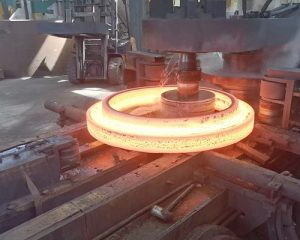
### **Chemical Composition of P690QL1:**
| Element | Composition (%) |
|—————|———————————-|
| **Carbon (C)** | ≤ 0.20 |
| **Silicon (Si)** | ≤ 0.80 |
| **Manganese (Mn)** | ≤ 1.70 |
| **Phosphorus (P)** | ≤ 0.025 |
| **Sulfur (S)** | ≤ 0.015 |
| **Chromium (Cr)** | ≤ 1.50 |
| **Nickel (Ni)** | ≤ 2.00 |
| **Molybdenum (Mo)** | ≤ 0.70 |
| **Vanadium (V)** | ≤ 0.12 |
| **Niobium (Nb)** | ≤ 0.06 |
| **Boron (B)** | ≤ 0.005 |
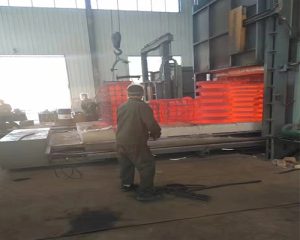
### **Manufacturing Process for P690QL1 Forged Flanges:**
1. **Forging**:
– The material is heated to a high temperature and shaped into the desired flange geometry using compressive forces. This process enhances the mechanical properties of the material.
2. **Heat Treatment**:
– After forging, the flanges undergo quenching and tempering to achieve the desired strength and toughness.
3. **Machining**:
– The forged flanges are machined to meet precise dimensional tolerances and surface finish requirements.
4. **Testing and Inspection**:
– Flanges are subjected to various tests, including mechanical testing (tensile, impact, hardness), non-destructive testing (NDT) (ultrasonic, magnetic particle, or dye penetrant testing), and dimensional inspection.
—
### **Advantages of P690QL1 Forged Flanges:**
– High strength-to-weight ratio.
– Excellent toughness at low temperatures.
– Suitable for critical applications in extreme environments.
– Good weldability with proper procedures.
—
### **Considerations for Welding P690QL1:**
– **Preheating**: Required to minimize the risk of cracking.
– **Post-Weld Heat Treatment (PWHT)**: Often necessary to restore toughness in the heat-affected zone (HAZ).
– **Filler Material**: Use low-hydrogen electrodes or filler metals compatible with high-strength steels.
– **Welding Procedure Specification (WPS)**: Must be qualified according to standards like **ISO 15614-1**.
—
### **Conclusion:**
P690QL1 forged flanges are ideal for high-stress applications in industries such as offshore, oil and gas, and heavy machinery. Their high strength, toughness, and weldability make them a reliable choice for critical components. Proper manufacturing, heat treatment, and welding procedures are essential to ensure the performance and longevity of P690QL1 flanges in demanding environments. When selecting P690QL1 flanges, ensure compliance with relevant standards (e.g., EN 10222, EN 10025-6) and work with certified manufacturers to guarantee quality.

